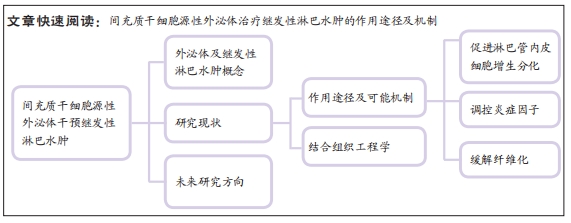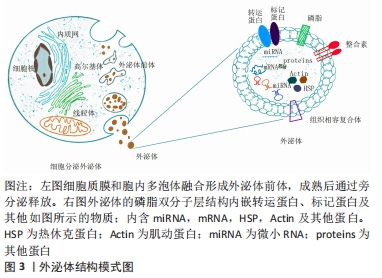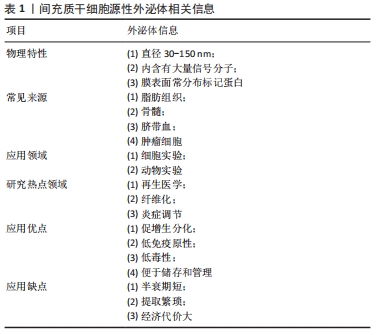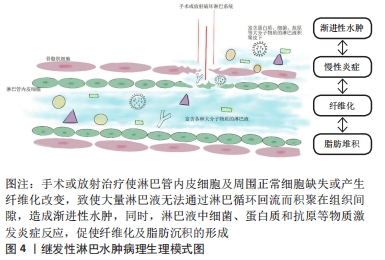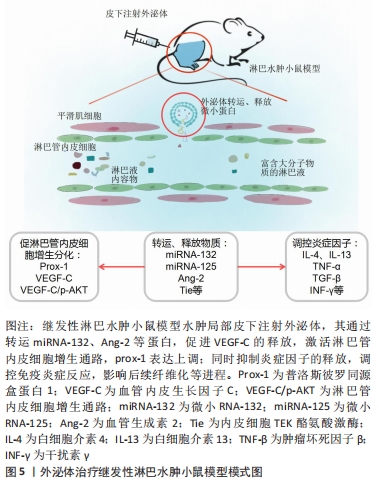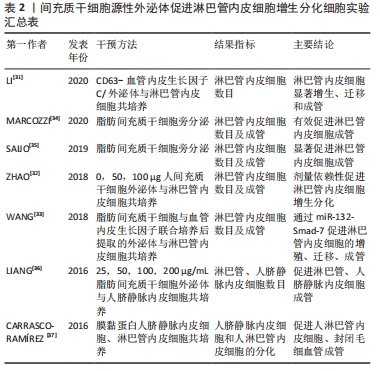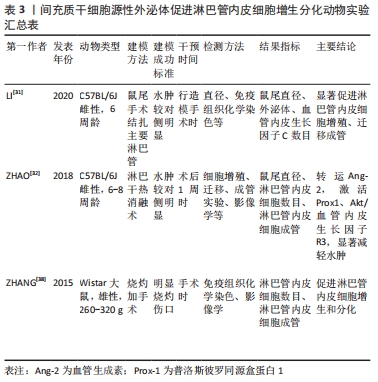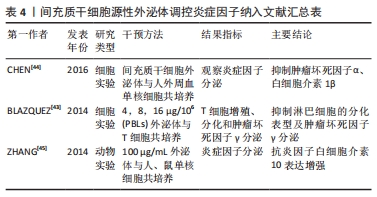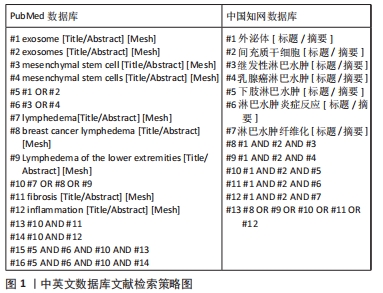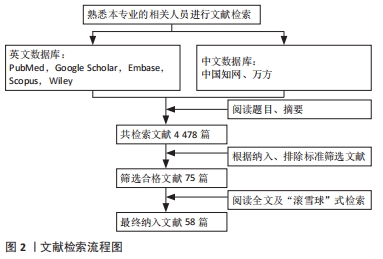[1] BRIX B, SERY O, ONORATO A, et al. Biology of lymphedema. Biology (Basel). 2021;10(4):261.
[2] VIEHOFF PB, HIDDING JT, HEERKENS YF, et al. Coding of meaningful concepts in lymphedema-specific questionnaires with the ICF. Disabil Rehabil. 2013;35(25):2105-2112.
[3] SCHAVERIEN MV, CORONEOS CJ. Surgical treatment of lymphedema. Plast Reconstr Surg. 2019;144(3):738-758.
[4] CHOLLET C, MALLOIZEL-DELAUNAY J, CABARROU B, et al. Liposuction-assisted brachioplasty in breast cancer-related lymphedema:Impact on volume reduction and quality of life. J Plast Reconstr Aesthet Surg. 2021;74(7):1633-1701.
[5] BRANDÃO ML, SOARES HPDS, ANDRADE MDA, et al. Efficacy of complex decongestive therapy for lymphedema of the lower limbs: a systematic review. J Vasc Bras. 2020;19:e20190074.
[6] JØRGENSEN MG, TOYSERKANI NM, JENSEN CH, et al. Adipose-derived regenerative cells and lipotransfer in alleviating breast cancer-related lymphedema: an open-label phase I trial with 4 years of follow-up. Stem Cells Transl Med. 2021;10(6):844-854.
[7] SHUKLA L, YUAN Y, SHAYAN R, et al. Fat therapeutics:the clinical capacity of adipose-derived stem cells and exosomes for human disease and tissue regeneration. Front Pharmacol. 2020;11:158.
[8] LI ZJ, YANG E, LI YZ, et al. Application and prospect of adipose stem cell transplantation in treating lymphedema. World J Stem Cells. 2020; 12(7):676-687.
[9] DURAND. Characterization of the Hematopoietic Stem Cell Niche: Cellular and Molecular Analysis, in Stem Cells Handbook, Editor. Springer NY. 2013:211-221.
[10] JOHNSTONE RM, ADAM M, HAMMOND JR, et al. Vesicle formation during reticulocyte maturation. Association of plasma membrane activities with released vesicles (exosomes). J Biol Chem. 1987;262(19): 9412-9420.
[11] CAPLAN. Mesenchymal stem cells. J Orthop Res. 1991;9(5):641-650.
[12] PEGTEL DM, GOULD SJ. Exosomes. Annu Rev Biochem. 2019;88:487-514.
[13] ZHOU CF, MA J, HUANG L, et al. Cervical squamous cell carcinoma-secreted exosomal miR-221-3p promotes lymphangiogenesis and lymphatic metastasis by targeting VASH1. Oncogene. 2019;38(8):1256-1268.
[14] BARANYAI T, HERCZEG K, ONÓDI Z, et al. Isolation of exosomes from blood plasma: qualitative and quantitative comparison of ultracentrifugation and size exclusion chromatography methods. PLoS One. 2015;10(12):e0145686.
[15] ROYO F, ZUÑIGA-GARCIA P, SANCHEZ-MOSQUERA P, et al. Different EV enrichment methods suitable for clinical settings yield different subpopulations of urinary extracellular vesicles from human samples. J Extracell Vesicles. 2016;5:29497.
[16] ZONNEVELD MI, BRISSON AR, VAN HERWIJNEN MJ, et al. Recovery of extracellular vesicles from human breast milk is influenced by sample collection and vesicle isolation procedures. J Extracell Vesicles. 2014. doi: 10.3402/jev.v3.24215.
[17] HADE MD, SUIRE CN, SUO Z. Mesenchymal stem cell-derived exosomes: applications in regenerative medicine. Cells. 2021;10(8):1959.
[18] LIN J, LI J, HUANG B, et al. Exosomes: novel biomarkers for clinical diagnosis. ScientificWorldJournal. 2015;2015:657086.
[19] KALLURI R, LEBLEU VS. The biology, function, and biomedical applications of exosomes. Science. 2020;367(6478):eaau6977.
[20] ZHAO G, LIU F, LIU Z, et al. MSC-derived exosomes attenuate cell death through suppressing AIF nucleus translocation and enhance cutaneous wound healing. Stem Cell Res Ther. 2020;11(1):174.
[21] HA DH, KIM HK, LEE J, et al. Mesenchymal Stem/Stromal Cell-Derived Exosomes for Immunomodulatory Therapeutics and Skin Regeneration. Cells. 2020;9(5):1157.
[22] WEI F, LI Z, CRAWFORD R, et al. Immunoregulatory role of exosomes derived from differentiating mesenchymal stromal cells on inflammation and osteogenesis. J Tissue Eng Regen Med. 2019;13(11): 1978-1991.
[23] BALBI C, VASSALLI G. Exosomes: beyond stem cells for cardiac protection and repair. Stem Cells. 2020;38(11):1387-1399.
[24] LOU G, CHEN Z, ZHENG M, et al. Mesenchymal stem cell-derived exosomes as a new therapeutic strategy for liver diseases. Exp Mol Med. 2017;49(6):e346.
[25] GAO F, ZUO B, WANG Y, et al. Protective function of exosomes from adipose tissue-derived mesenchymal stem cells in acute kidney injury through SIRT1 pathway. Life Sci. 2020;255:117719.
[26] GHANTA S, CUZZONE DA, TORRISI JS, et al. Regulation of inflammation and fibrosis by macrophages in lymphedema. Am J Physiol Heart Circ Physiol. 2015;308(9):H1065-H1077.
[27] LY CL, KATARU RP, MEHRARA BJ. Inflammatory Manifestations of Lymphedema. Int J Mol Sci. 2017;18(1):171.
[28] 罗雅馨,毕浩然,陈晓旭,等.间充质干细胞来源外泌体与再生医学:无细胞疗法临床应用的未来[J].中国组织工程研究,2020,24(19): 3055-3062.
[29] SCHAVERIEN MV, ALDRICH MB. New and Emerging Treatments for Lymphedema. Semin Plast Surg. 2018;32(1):48-52.
[30] BECKER J, SCHWOCH S, ZELENT C, et al. Transcriptome analysis of hypoxic lymphatic endothelial cells indicates their potential to contribute to extracellular matrix rearrangement. Cells. 2021;10(5): 1008.
[31] LI B, YANG J, WANG R, et al. Delivery of vascular endothelial growth factor (VEGFC) via engineered exosomes improves lymphedema. Ann Transl Med. 2020;8(22):1498.
[32] ZHAO M. Mesenchymal stem cell derived exosomes enhance lymphangiogenesis via exosomal transfer of Ang-2/Tie2. BioRxiv. 2018; 466987.
[33] WANG X, WANG H, CAO J, et al. Exosomes from Adipose-Derived Stem Cells Promotes VEGF-C-Dependent Lymphangiogenesis by Regulating miRNA-132/TGF-beta Pathway. Cell Physiol Biochem. 2018;49(1):160-171.
[34] MARCOZZI C, FRATTINI A, BORGESE M, et al. Paracrine effect of human adipose-derived stem cells on lymphatic endothelial cells. Regen Med. 2020;15(9):2085-2098.
[35] SAIJO H, SUZUKI K, YOSHIMOTO H, et al. Paracrine Effects of Adipose-Derived Stem Cells Promote Lymphangiogenesis in Irradiated Lymphatic Endothelial Cells. Plast Reconstr Surg. 2019;143(6):1189e-1200e.
[36] LIANG X, ZHANG L, WANG S, et al. Exosomes secreted by mesenchymal stem cells promote endothelial cell angiogenesis by transferring miR-125a. J Cell Sci. 2016;129(11):2182-2189.
[37] CARRASCO-RAMÍREZ P, GREENING DW, ANDRÉS G, et al. Podoplanin is a component of extracellular vesicles that reprograms cell-derived exosomal proteins and modulates lymphatic vessel formation. Oncotarget. 2016;7(13):16070-16089.
[38] ZHANG B, WU X, ZHANG X, et al. Human umbilical cord mesenchymal stem cell exosomes enhance angiogenesis through the Wnt4/beta-catenin pathway. Stem Cells Transl Med. 2015;4(5):513-222.
[39] KATARU RP, BAIK JE, PARK HJ, et al. Regulation of Immune Function by the Lymphatic System in Lymphedema. Front Immunol. 2019;10:470.
[40] PINKY, GUPTA S, KRISHNAKUMAR V, et al. Mesenchymal stem cell derived exosomes:a nano platform for therapeutics and drug delivery in combating COVID-19. Stem Cell Rev Rep. 2021;17(1):33-43.
[41] REN J, LIU Y, YAO Y, et al. Intranasal delivery of MSC-derived exosomes attenuates allergic asthma via expanding IL-10 producing lung interstitial macrophages in mice. Int Immunopharmacol. 2021;91: 107288.
[42] RIAZIFAR M, MOHAMMADI MR, PONE EJ, et al. Stem cell-derived exosomes as nanotherapeutics for autoimmune and neurodegenerative disorders. ACS Nano. 2019;13(6):6670-6688.
[43] BLAZQUEZ R, SANCHEZ-MARGALLO FM, DE LA ROSA O, et al. Immunomodulatory potential of human adipose mesenchymal stem cells derived exosomes on in vitro stimulated T cells. Front Immunol. 2014;5:556.
[44] CHEN W, HUANG Y, HAN J, et al. Immunomodulatory effects of mesenchymal stromal cells-derived exosome. Immunol Res. 2016;64(4): 831-840.
[45] ZHANG B, YIN Y, LAI RC, et al. Mesenchymal stem cells secrete immunologically active exosomes. Stem Cells Dev. 2014;23(11):1233-1244.
[46] DORRONSORO A, FERRIN I, SALCEDO JM, et al. Human mesenchymal stromal cells modulate T-cell responses through TNF-alpha-mediated activation of NF-kappaB. Eur J Immunol. 2014;44(2):480-488.
[47] AZHAR SH, LIM HY, TAN BK, et al. The Unresolved Pathophysiology of Lymphedema. Front Physiol. 2020;11:137.
[48] KATARU RP, WISER I, BAIK JE, et al. Fibrosis and secondary lymphedema:chicken or egg? Transl Res. 2019;209:68-76.
[49] LI Q, JIN Y, YE X, et al. Bone marrow mesenchymal stem cell-derived exosomal microRNA-133a restrains myocardial fibrosis and epithelial-mesenchymal transition in viral myocarditis rats through suppressing MAML1. Nanoscale Res Lett. 2021;16(1):111.
[50] 李洪超,王皙,李莉,等.人脂肪干细胞来源外泌体对四氯化碳诱导肝纤维化模型大鼠的治疗作用[J].中国组织工程研究,2020, 24(13):1996.
[51] DINH PC, PAUDEL D, BROCHU H, et al. Inhalation of lung spheroid cell secretome and exosomes promotes lung repair in pulmonary fibrosis. Nat Commun. 2020;11(1):1064.
[52] YOON SH, KIM KY, WANG Z, et al. EW-7197, a transforming growth factor-beta type I receptor kinase inhibitor, ameliorates acquired lymphedema in a mouse tail model. Lymphat Res Biol. 2020;18(5):433-438.
[53] 周晨笑,苏万春,李娜,等.脂肪干细胞局部注射改善淋巴水肿的实验研究[J].首都医科大学学报,2020,41(6):869-875.
[54] CHEN H, WANG L, ZENG X, et al. Exosomes, a New Star for Targeted Delivery. Front Cell Dev Biol. 2021;9:751079.
[55] CAMPBELL KT, HADLEY DJ, KUKIS DL, et al. Alginate hydrogels allow for bioactive and sustained release of VEGF-C and VEGF-D for lymphangiogenic therapeutic applications. PLoS One. 2017;12(7): e0181484.
[56] ROH K, CHO S, PARK JH, et al. Therapeutic effects of hyaluronidase on acquired lymphedema using a newly developed mouse limb model. Exp Biol Med (Maywood). 2017;242(6):584-592.
[57] ALDERFER L, HALL E, HANJAYA-PUTRA D. Harnessing biomaterials for lymphatic system modulation. Acta Biomater. 2021;133:34-45.
[58] HADAMITZKY C, ZAITSEVA TS, BAZALOVA-CARTER M, et al. Aligned nanofibrillar collagen scaffolds-Guiding lymphangiogenesis for treatment of acquired lymphedema. Biomaterials. 2016;102:259-267.
|
